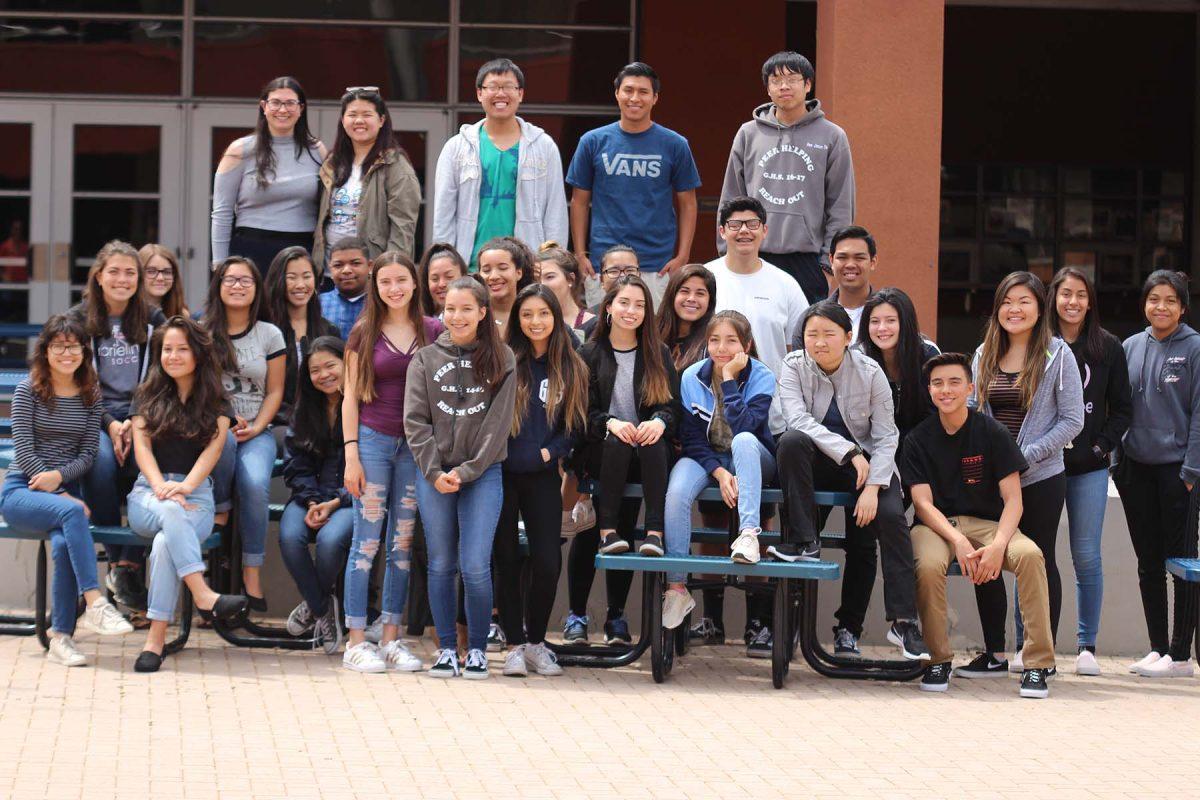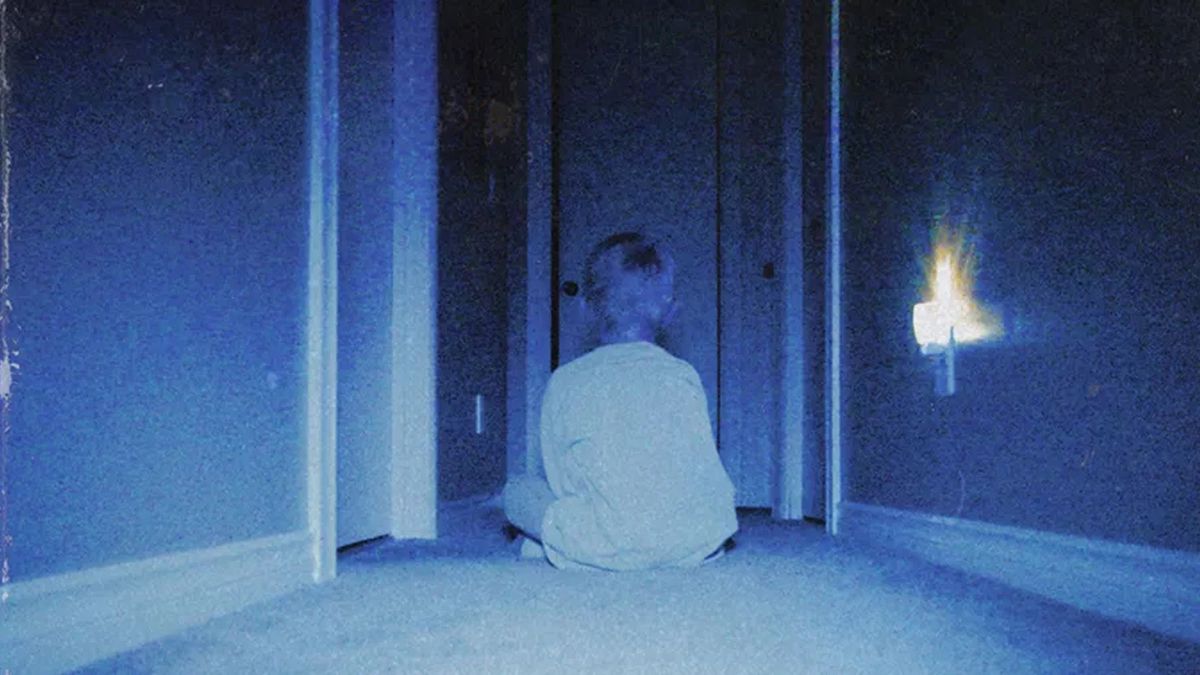A LOOK INTO PEER HELPING
By Marleld Duran
Staff Writer
By Marleld Duran
Staff Writer
Listeners. Helpers. Students.
Peer Helping is a course offered on campus that is split into two classes. Students in the beginning class develop different listening skills and learn about specific issues related to teenagers, such as eating disorders and depression. Unlike the introductory class, those in the advanced class begin working directly with other students within the first month of the school year.
Peer helpers counsel students who are new to the district, are struggling in school, or have been suggested by their counselor. Students can request a peer helper through a counselor or teacher during any time of the school year.
All peer helpers are in charge of three or four students, meeting with them once a week on Thursdays. Sessions last 15 to 20 minutes and happen every two weeks.
“I was really nervous [during my first couple of meetings], but once we started getting to know each other it got easier,” said advanced peer helper Mariah Aragonez, junior. “Peer helping is a lot of fun and it’s great to know how much of an impact you can have on someone’s life.”
The class has had a major influence on the campus by serving as a valuable resource to other students. The peer helpers always available to offer support to students who need it. They have been trained with the proper protocol, learning how to identify signs of crises that unfold before anyone notices and when to intervene.
“They know what issues their peers are going through, often times more than adults do,” stated Chris Saporito, advisor and counselor.
Throughout the week, the advanced helpers develop new strategies and work in groups with students in the beginning class to reenact potential scenarios. These role-playing activities serve to help the students in the future when they are faced with similar situations.
Last year, the class introduced Denim Day to raise awareness about sexual violence. According to the Journal of the American Academy of Child and Adolescent Psychiatry, the chances of being sexually abused increases with age. Females are nearly three times more likely to be victims compared to men. Sexual violence is often viewed as a taboo, but it becomes increasingly critical that students are educated about the issue.
In order to help students gain a better understanding of the campaign, the class held activities everyone could participate in and promoted it through social media. The class hopes to organize another campaign later this year.
“I think my favorite things are how close we are as a class and how we all have a safe place to come and share things without being judged,” said junior Presley Zacher.


